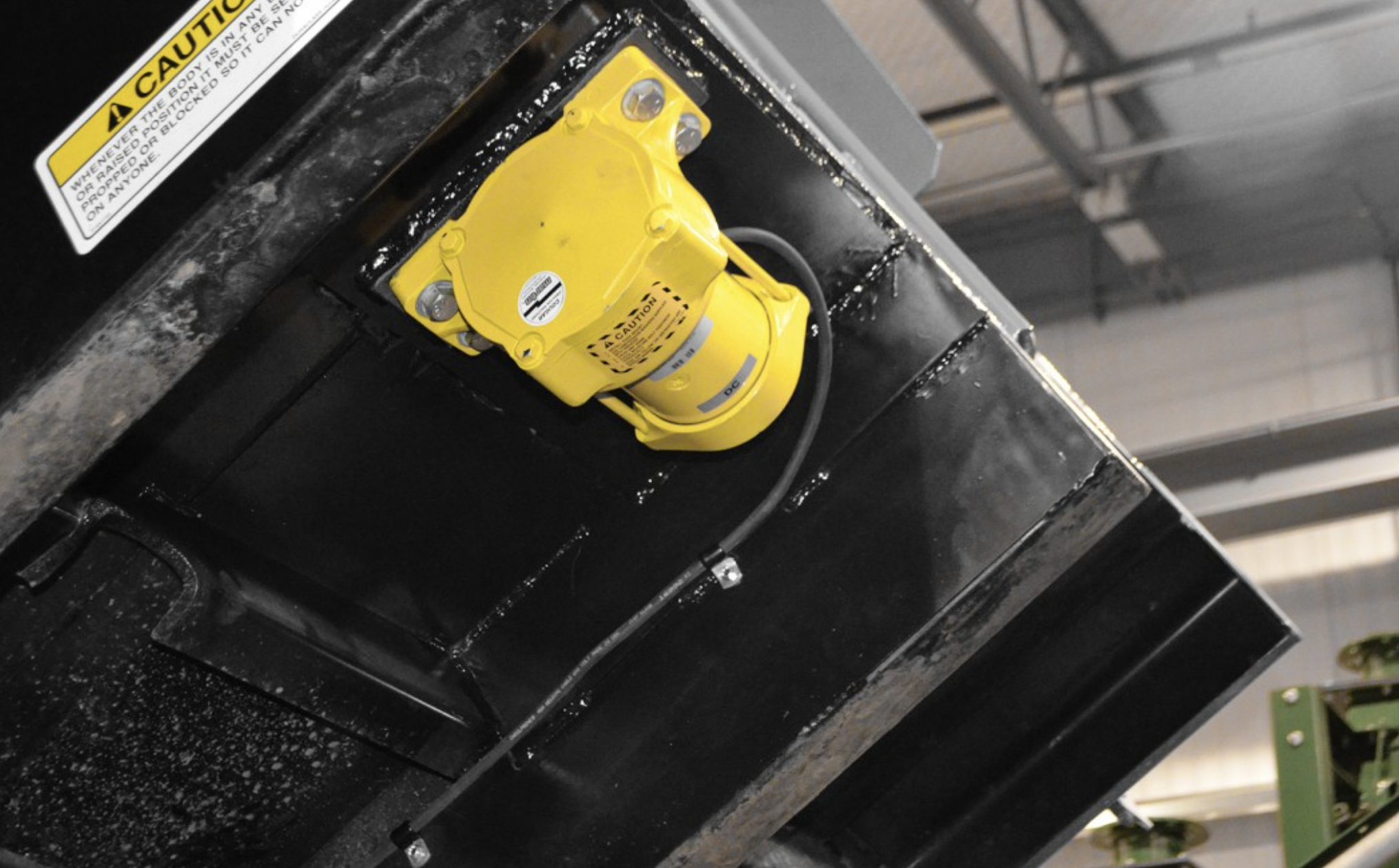In today’s highly competitive and fast-paced industrial world, manufacturers and processors are always on the lookout for ways to enhance efficiency, reduce costs, and improve productivity. One of the most efficient ways to achieve these goals is by using industrial vibrators. These tools provide an easy and cost-effective solution to various issues related to material handling, processing, and finishing. In this article, we will explore what industrial vibrators are, how they work, and compare the different types of industrial vibrators.
What Are Industrial Vibrators?
Industrial vibrators are mechanical devices that generate vibration to aid in the movement of materials or products. They are commonly used in a variety of industries, such as construction, agriculture, mining, and food processing, to name a few. These machines can be powered by electricity, hydraulic power, or pneumatic power, and are typically mounted on equipment such as hoppers, silos, chutes, or conveyor belts.
How Do Industrial Vibrators Work?
Industrial vibrators operate by generating vibration, which causes the materials or products to move more efficiently. The vibrations can be either linear or rotary, depending on the type of vibrator used. The frequency and amplitude of the vibration can be adjusted to suit the specific requirements of the application.

Types of Industrial Vibrators
Electric Vibrators
Electric vibrators are powered by an electric motor and are the most common type of industrial vibrator. They are easy to install, operate, and maintain, making them a popular choice for many industries. Electric vibrators come in various sizes and types, including rotary electric vibrators, linear electric vibrators, and electromagnetic vibrators.
Rotary electric vibrators generate a rotary vibration, which is useful for shaking large or bulky materials. They are commonly used in concrete production, foundries, and chemical processing. Linear electric vibrators create a linear vibration, which is ideal for compacting and conveying materials. They are used in feeders, screens, and hoppers. Electromagnetic vibrators are powered by an electromagnet and create a directional vibration, which is useful for aligning and conveying small parts.
Pneumatic Vibrators
Pneumatic vibrators are powered by compressed air and are suitable for hazardous environments or locations where electricity is not available. Pneumatic vibrators are easy to install, operate, and maintain, making them a popular choice for many industries. They come in various types, including piston vibrators, turbine vibrators, and ball vibrators.
Piston vibrators generate a linear vibration and are ideal for compacting, conveying, and feeding materials. They are commonly used in food processing, pharmaceuticals, and packaging. Turbine vibrators generate a rotary vibration, which is useful for shaking, mixing, and sifting materials. They are used in agriculture, mining, and construction. Ball vibrators generate a directional vibration, which is useful for emptying hoppers, chutes, and bins.
Hydraulic Vibrators
Hydraulic vibrators are powered by hydraulic fluid and are suitable for heavy-duty applications. Hydraulic vibrators are ideal for harsh environments, high temperatures, and high-pressure applications. They come in various types, including hydraulic piston vibrators, hydraulic rotary vibrators, and hydraulic impact vibrators.
Hydraulic piston vibrators generate a linear vibration, which is useful for compacting, conveying, and feeding materials. They are commonly used in mining, quarrying, and construction. Hydraulic rotary vibrators generate a rotary vibration, which is useful for shaking, mixing, and sifting materials. They are used in agriculture, food processing, and chemical processing. Hydraulic impact vibrators generate an impact vibration, which is useful for dislodging and compacting materials. They are used in foundries, steel mills, and railcars.
Benefits and Drawbacks of Each Type of Vibrator
Each type of vibrator has its own set of benefits and drawbacks.
Electric vibrators are easy to control, require little maintenance, and can be used continuously. However, they are not suitable for use in hazardous environments and may not be able to generate the same amount of force as pneumatic or hydraulic vibrators.
Pneumatic vibrators are ideal for use in sanitary environments and can be easily moved from one location to another. However, they require a source of compressed air and may not be suitable for heavy-duty applications.
Hydraulic vibrators are capable of generating high frequencies and high amplitudes, making them ideal for heavy-duty applications. However, they require a hydraulic power source and may be more difficult to control than electric or pneumatic vibrators.
Advantages of Industrial Vibrators
Industrial vibrators offer several advantages over other material handling and processing methods, including:
- Improved efficiency and productivity
- Reduced labor costs and manual handling
- Reduced material waste and product damage
- Improved product quality and consistency
- Improved safety and ergonomics
How to Choose the Right Industrial Vibrator
Choosing the right industrial vibrator depends on several factors, including:
- Type of material being handled
- Size and shape of the container or equipment
- Frequency and amplitude required
- Power source available
- Environment and safety considerations
It is important to consult with a qualified industrial vibrator supplier to ensure that the vibrator selected meets the specific requirements of the application.
Maintenance and Safety Considerations
Proper maintenance and safety procedures are important for the safe and efficient operation of industrial vibrators. Some key considerations include:
- Regular inspection and maintenance of the vibrator and mounting system
- Proper lubrication and cleaning of the vibrator and associated equipment
- Use of appropriate safety equipment and procedures, such as protective clothing, gloves, and eyewear
- Proper grounding and electrical safety procedures for electric vibrators
- Proper air pressure and filtration for pneumatic vibrators
Industrial vibrators are versatile machines that have various applications in different industries. Understanding the different types of industrial vibrators and their applications can help you choose the right vibrator for your industrial needs.
Whether you’re in the construction, food processing, pharmaceuticals, chemicals, mining, agriculture, or transportation industry, there is an industrial vibrator that can cater to your needs.
We hope that this article has helped you gain a better understanding of industrial vibrators and their types. If you have any further questions, feel free to Contact Us.

